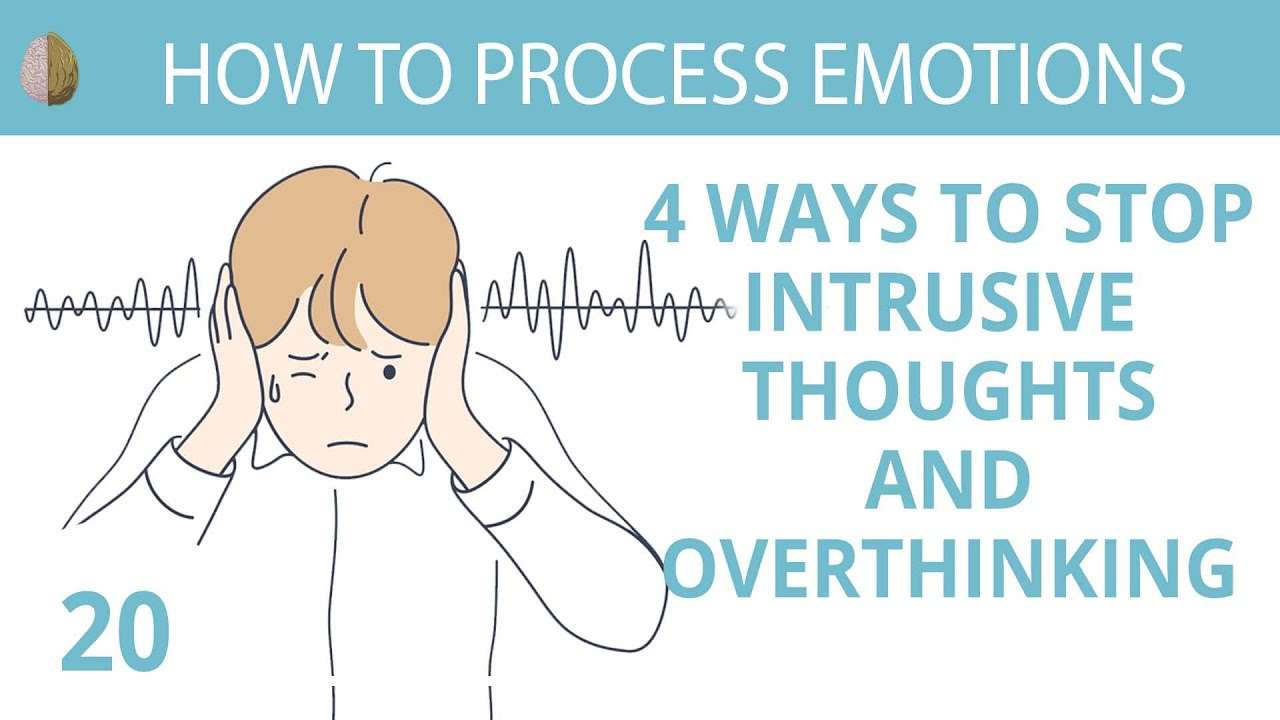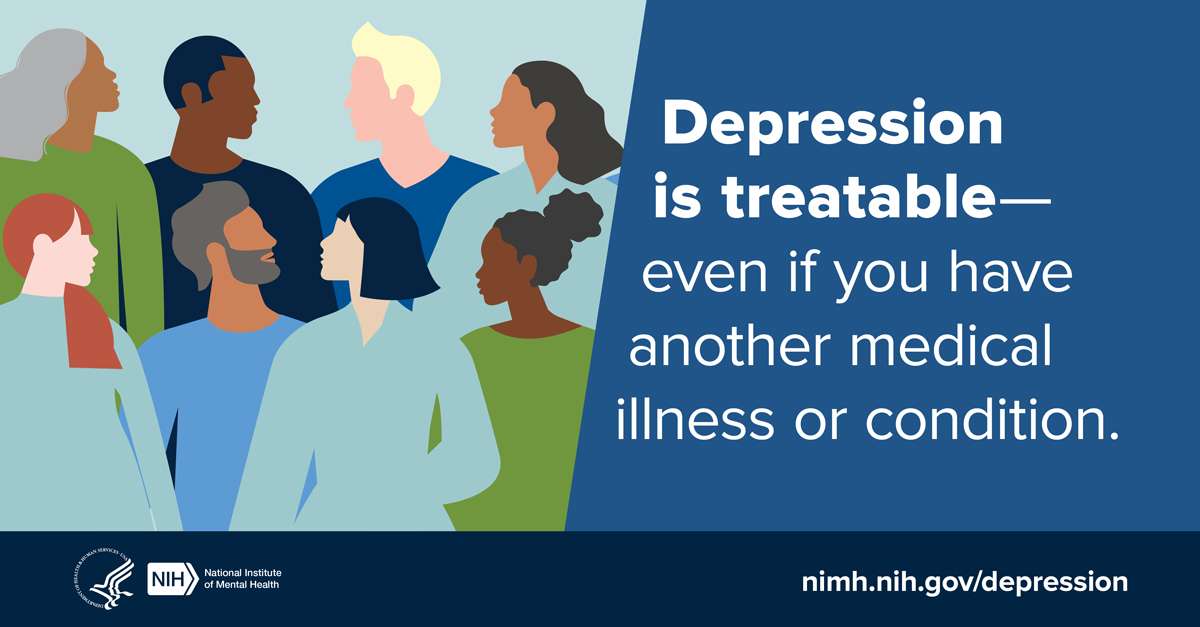I once was working with a young man who had a lot of social anxiety. We’ll call him Miguel.
Miguel had a good group of friends, but every time he hung out with them he would start to feel really anxious. And then when he was at a party he would make some joke or say something, and then he’d start to worry: “Did I say the wrong thing? Did I hurt her feelings?”
Or if one group of friends split off to the pool and another invited him to the game room, he would panic a little, feeling terrified — terrified because he didn’t know which group to go with.
Then he’d start thinking “Oh, I can’t believe I’m getting anxious again. I’m such a loser.” And then he’d think “Don’t think that way! What’s the matter with you? Don’t feel anxious! Why do you always do this?” and he would start going back and forth in his head, fighting his negative thoughts and trying not to feel anxious.
And if he couldn’t get his anxious thoughts to go away, he’d feel uncomfortable and go home early.
In this example, Miguel was fused with his thoughts in two ways. The first way was that when he was trying to hang out with his friends, he got all wrapped up in trying to make his thoughts go away. He was focusing all his energy on fighting his thoughts, and that kept him stuck or fused to them instead of putting his energy into having a good time.
The second way that he would get fused with his thoughts is that he had an unwritten rule that he didn’t even know about. He didn’t notice he was thinking it, and it colored everything he did.
Let me show you:
When I asked Miguel why he would get anxious, he said “Well, I always worry that I might say something wrong or that I might offend someone or hurt someone’s feelings.”
And I asked “What do you mean?”
He said “Well, I always overthink everything I say. After hanging out, I always worry that something I said might have bothered someone or that a joke I made might have hurt someone’s feelings, and I just hate dealing with the drama.”
“What drama?” I asked.
“Well, let’s say a couple of my friends invite me to do something with them but they don’t invite my other friend, and then my other friend invites me to do something that same night. How do I say no to the other friend without making them feel bad?”
I asked a followup question. “So they aren’t being dramatic; you’re just worrying?”
He said “Yeah.”
“What are you most afraid of?” I asked.
“That I might make someone feel bad by saying no,” he responded.
I realized something and said “Sounds like you have a rule in your head that you’re never allowed to ever make anyone feel bad.”
He thought for a second. “Hmm, I guess so. I never noticed that I had that rule, but now that you say that I think you’re right. Once I had a girlfriend who I wanted to break up with, but I didn’t for like a year because I didn’t want to make her feel bad.”
“Yeah, that’s a great example.” I said
“Or if the food is terrible or cooked wrong at a restaurant and the waiter asks how’s the food, I always say ‘great,’ even if it’s a lie.”
This young man didn’t realize he was thinking “I can never make anyone feel bad,” and this rule that he didn’t know he had was making him really anxious. He had bought that thought — believed it — without even noticing that he was thinking that way.
In Miguel’s case, he was stuck to his thoughts. This was keeping him from being present with his friends. When we buy our thoughts, when we believe everything we think, it makes it hard for us to change.
Ready to change your life? Buy the full, ad-free Emotion Processing course now for only $147: https://courses.therapyinanutshell.com/emotion-processing?utm_campaign=Jul%2002,%202021&utm_medium=Description&utm_source=podcast We swim through our thoughts like a fish swims through water. We don’t even notice that the way we think colors our view of the world. Or sometimes we do notice thoughts that we don’t like, and then we don’t know what to do with them. Sometimes you fight them or struggle against them, but that doesn’t feel any better. So sometimes you get stuck in an endless loop of overthinking, obsessively struggling against a thought. But that’s not any better, because struggle steals your attention and energy. In this episode you’re going to learn how to get unstuck from your thoughts. You’re going to learn how to look at your thoughts instead of through them. This skill is called cognitive defusion. Looking for affordable online counseling? My sponsor, BetterHelp, connects you to a licensed professional for $65/week. Try it now for 10% off: https://betterhelp.com/therapyinanuts… Learn more in one of my in-depth mental health courses: https://courses.therapyinanutshell.com/?utm_source=podcast&utm_medium=07022021 Support my mission on Patreon: https://www.patreon.com/therapyinanut… Sign up for my newsletter: https://www.therapynutshell.com?utm_medium=YTDescription&utm_source=podcast Check out my favorite self-help books: https://kit.co/TherapyinaNutshell/bes… Therapy in a Nutshell, LLC, and the information provided by Emma McAdam are solely intended for informational and entertainment purposes and are not a substitute for advice, diagnosis, or treatment regarding medical or mental health conditions. Although Emma McAdam is a licensed marriage and family therapist, the views expressed on this site or any related content should not be taken for medical or psychiatric advice. Always consult your physician before making any decisions related to your physical or mental health. In therapy I use a combination of Acceptance and Commitment Therapy, Systems Theory, positive psychology, and a bio-psycho-social approach to treating mental illness and other challenges we all face in life. The ideas from my videos are frequently adapted from multiple sources. Many of them come from Acceptance and Commitment Therapy, especially the work of Steven Hayes, Jason Luoma, and Russ Harris. The sections on stress and the mind-body connection derive from the work of Stephen Porges (the Polyvagal theory), Peter Levine (Somatic Experiencing) Francine Shapiro (EMDR), and Bessel Van Der Kolk. I also rely heavily on the work of the Arbinger institute for my overall understanding of our ability to choose our life’s direction. And deeper than all of that, the Gospel of Jesus Christ orients my personal worldview and sense of security, peace, hope, and love https://www.churchofjesuschrist.org/comeuntochrist/believe If you are in crisis, please contact the National Suicide Prevention Hotline at https://suicidepreventionlifeline.org/ or 1-800-273-TALK (8255) or your local emergency services. Copyright Therapy in a Nutshell, LLC —- Music licensed from www.Bensound.com or Artlist.io Images from Freepik.com (premium license), Pixabay, or Wikimedia commons
The idea of repressed memories goes all the way back to Freud, through the 90’s when therapists accidentally implanted people with false memories, through the courtrooms, and into today where the idea of repressed memories is still popular among lay people and controversial among therapists and researchers. So today you’ll learn three skills for better understanding lost memories, aka dissociative amnesia or repressed memories (or at least my opinion about it). The idea of repressed memories goes all the way back to Freud, one of his first patients, Anna O had all sorts of unexplained physical symptoms, when she began talking with her doctor about her life, previously forgotten memories of trauma came back and as she talked about them, her physical symptoms went away. Freud developed the concept of repression, that current symptoms are all related to something that happened in the past, that we repress the memories to protect ourselves, and that we must analyze our psyche in order to uncover it, integrate it and then be freed from it. So that’s where the whole process of psychoanalysis came from, the idea of patients laying on a couch, talking about their childhood. But this concept of repressed memories has become very controversial, because of the way memory works. Most people assume that memory is like a video, your memory records things as they actually happened and stores those memories away, permanently. But memory doesn’t work like that, memories are highly influenced by our biases and how we’re feeling during or after an event. Even Freud learned that many of the things that his patients “remembered” weren’t actual events. Memories can be altered, implanted, influenced, and straight up created under suggestion. Lot’s of laboratory experiments have demonstrated that our memories are terribly fickle. If you want to see for yourself how this can work, watch this YouTube video “Take This Test and Experience How False Memories Are Made”. https://www.youtube.com/watch?v=D5sk504Yc94 After I filmed this video on repressed memories and dissociative amnesia, the NYT published a very relevant article and two strong opinions on it: https://www.nytimes.com/2022/09/27/opinion/recovered-memory-therapy-mental-health.html https://www.nytimes.com/2022/10/29/opinion/letters/mental-health.html Looking for affordable online counseling? My sponsor, BetterHelp, connects you to a licensed professional from the comfort of your own home. Try it now for 10% off your first month: https://betterhelp.com/therapyinanutshell Learn more in one of my in-depth mental health courses: https://courses.therapyinanutshell.com/?utm_medium=YTDescription&utm_source=Podcast Support my mission on Patreon: https://www.patreon.com/therapyinanutshell Sign up for my newsletter: https://www.therapyinanutshell.com?utm_medium=YTDescription&utm_source=Podcast Check out my favorite self-help books: https://kit.co/TherapyinaNutshell/best-self-help-books Therapy in a Nutshell and the information provided by Emma McAdam are solely intended for informational and entertainment purposes and are not a substitute for advice, diagnosis, or treatment regarding medical or mental health conditions. Although Emma McAdam is a licensed marriage and family therapist, the views expressed on this site or any related content should not be taken for medical or psychiatric advice. Always consult your physician before making any decisions related to your physical or mental health. In therapy I use a combination of Acceptance and Commitment Therapy, Systems Theory, positive psychology, and a bio-psycho-social approach to treating mental illness and other challenges we all face in life. The ideas from my videos are frequently adapted from multiple sources. Many of them come from Acceptance and Commitment Therapy, especially the work of Steven Hayes, Jason Luoma, and Russ Harris. The sections on stress and the mind-body connection derive from the work of Stephen Porges (the Polyvagal theory), Peter Levine (Somatic Experiencing) Francine Shapiro (EMDR), and Bessel Van Der Kolk. I also rely heavily on the work of the Arbinger institute for my overall understanding of our ability to choose our life’s direction. And deeper than all of that, the Gospel of Jesus Christ orients my personal worldview and sense of security, peace, hope, and love https://www.churchofjesuschrist.org/comeuntochrist/believe If you are in crisis, please contact the National Suicide Prevention Hotline at https://suicidepreventionlifeline.org/ or 1-800-273-TALK (8255) or your local emergency services. Copyright Therapy in a Nutshell, LLC



